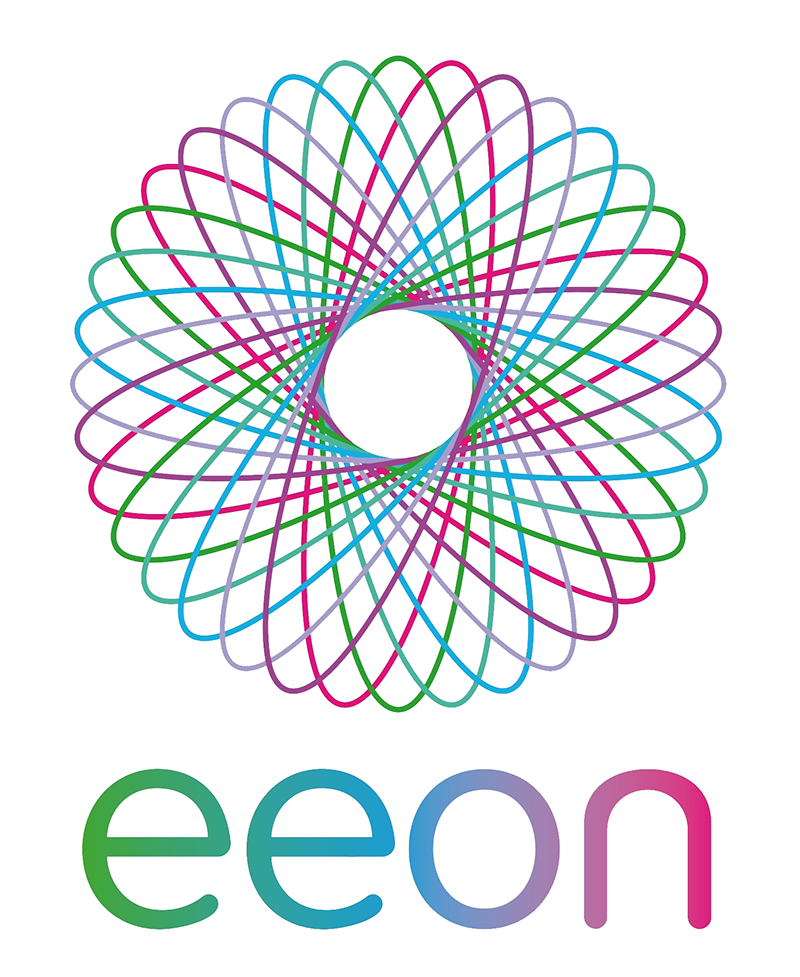Many organisations across Australia now see Diversity and Inclusion as a business imperative that contributes to productive and happy workplaces. McKinsey suggested that gender and ethnic diversity are clearly correlated with profitability. With greater diversity (cognitive and by attribute), including diversity conscious and inclusive practices, job satisfaction, job engagement, career development opportunities and retention improves. Homogenous teams have their limitations in design, problem solving and decision making.
In the last few years organisations have become better at sharing their diversity and inclusion strategies, gender, accessibility and LGBTIQ action plans on the internet. Having access to this useful information is helping to move the dial. When you search for a gender action plan, you will find over a hundred plans. However, when you search for an age and/or intergenerational action plan, there is not much information on-line.
Intergenerational diversity still appears to be in the shadows of other strategies, receiving minimal exposure in mainstream D&I practice in organisations. There doesn’t appear to be a concentrated and collective effort in developing a strategy encompassing four generations in workplaces. The same could be said about culturally and linguistically diverse action plans, which I wrote about a few years ago. This is probably due to many organisational prioritising other areas of work. D&I practitioners usually spin a lot of plates at the same time. Running a D&I program is a huge feat layered with complexity and emotion.
Finding an evidence-based approach or model that looks at leveraging and fully utilising our generational diversity is not easy to do. I have read some work and strategies on life-stages, mature age workers 45+ and transitioning into retirement. I know a few people who have been researching and working in this area since the early 2000s (Z. Fell & P. Taylor) to name a few. I have been reading and collecting D&I articles for some years now and my age diversity library is quite thin! I expect a flood of strategies to be messaged to me after this read.
I’ve haven’t read through the details of the 496-page Australian Human Rights Commission’s Willing to Work Report, the National Inquiry into Employment Discrimination Against Older Australians and Australians with Disability (2016). I have also refrained from quoting the Age Discrimination Commissioner, the Hon Dr Kay Patterson AO, whom I have heard numerous times on radio and in newsprint, talking about persistent age discrimination in employment and those seeking employment. We could also look at median ages of organisations and workforce participation rates for different age cohorts to probably give us a fuller picture of who is being excluded.
“I have met older Australians who have sent out 200 resumes without one interview, or who are told to dye their grey hair if they want to keep their job, or whose employer can’t see the point of training them to stay relevant in their field.” …KP
I think we can easily underestimate the impact of age discrimination and exclusion. Older workers falling victim to ‘grey ceiling’ discrimination (Martin) or younger workers not being able to secure their first job. According to The New Work Reality report, 60 per cent of 25 year-olds enter the workforce with a degree. Despite this, 35 per cent are unemployed and underemployed because they are told that they do not enough work experience, lack an appropriate education of have poor career management skills.
Workplaces have changed over time. When my parents (Baby Boomers) were working in the 1970s and 1980s, they thought they had a job for life. They had job security and one wage could support a family. I remember my father telling me that in the late 1970s, he could quit his job in the morning and get another one in the afternoon, usually in the same street or suburb. But once they found a good place to work they stayed there for over 20 years. Working for one company and demonstrating loyalty was good advice from a Baby Boomer to a Gen-Xer back then.
In the early 2000s, both my parents were made redundant a few years apart. One after being given a golden watch for 25 years of service and being replaced by a machine. The other, made redundant after 23 years of service because the organisation failed to keep up with the times. Fast forward to the next two generations. People seem to work and move on every one to two years. Increased casualisation of the workforce and fixed term contracts, as well as increased competition, has made the workplace a different place today. This uncertainty and vulnerability impacts one’s economic security, well-being and self-worth.
Let’s talk about intergenerational diversity and exclusion:
I have waited a long time to write an article about intergenerational diversity and exclusion. And with some experience as a diversity and inclusion practitioner behind me, as well as my lived experience of inclusion and exclusion in various settings, I wanted to provide some insights on intergenerational diversity from a recent round table discussion.
Rather than providing a totally biased view on intergenerational diversity and exclusion, the opportunity arose through a series of round-table discussion, that helped me to glean more information on the subject and also present other people’s views. I wanted to examine more deeper-seated issues, such as, intergenerational exclusion, including under-representation, under-utilisation, discrimination (or unconscious bias), exclusion and generational clumps and clusters in pockets of organisations. It’s a subject that still feels taboo to talk about.
Making sweeping statements and generalisations about different generations is easy to do, as you will read further on. However, it feels awkward and uncomfortable to call out ‘age discrimination’ or ageism. Like the other isms, sexism and racism, we get a little uncomfortable when we need to talk about it. I have often heard the statement, I don’t see racism around here, but when you feel excluded because of your race, you just do. And when you feel excluded or invisible because of your age, you just do.
Ageism and exclusion cuts across all generations.
On one hand, as a younger worker, you might be familiar with the following scenarios and statements, for example, “you don’t have enough experience”, “you show maturity beyond your years”, your ideas not being heard by senior management, or being the youngest leader in the room in an executive team with that has no age diversity.
On the other hand, as an older worker, you may be familiar with the following scenarios, for example, being told that you are over-qualified or over- experienced, or failing to get a job when you can demonstrate all the criteria, or being overlooked for career advancement opportunities, or rarely receive appropriate recognition for the contributions you make, or see younger people with titles of senior in them. One of my favourite movies is the Intern with Robert De Niro and Anne Hathaway, where De Niro is part of an intern program hiring older workers and his boss Hathaway is about 50 years younger than him. He went from invisible and useless, to being integral in the company, without worrying about issues around status.
Looking at issues in relation to intersectionality, age and other attributes can compound discrimination. For example, age and sex discrimination can play out together for women between 25-40. Think, potential pregnancy, pregnancy, parental leave, returning from parental leave and child rearing, and how this may contribute to gender imbalance in leadership. And on the other hand, we have heard the term, stale male and pale, being used to describe our politicians.
Insights from a roundtable activity
I’d now like to present some interesting insights from two 30-minute roundtable activities conducted with two groups of practitioners at a recent Organisational Development conference. I asked both teams to identify and unpack key issues on the theme of Intergenerational inclusion and engagement through a series of exercises.
But first, I asked both groups to complete a survey and rate the following questions between 1 and 10,
· Does your organisation have a strategy (or action plan) on intergenerational diversity?
· Do you personally feel that intergenerational diversity is an area of work needing attention in your organisation?
· What is your current knowledge, skills and experience of intergenerational diversity?
· Is there enough generational diversity in our working group?
I also asked participants to identify their strongest cognitive ability from the list below,
· Social – Intuitive about people, Socially aware and Relational
· Structural – Practical thinker, Likes guidelines, Predictable
· Analytical – Clear thinker, Logical Problem solver, Rational
· Conceptual – Imaginative, Visionary, Intuitive, About ideas
I grouped participants based on their cognitive strengths and abilities (cognitive diversity) and got them to work on four tasks in twenty minutes. I was aiming to bringing together multi-disciplinary teams to unpack and solve complex issues, a high performing team, all working to their strengths. I wonder if management teams fully utilise the diverse and often hidden cognitive abilities of their workforce and transcend positional status to do so?
The participants are shown in figures 1a (Group A) and 1b (Group B) below. I can provide a text transcript of these images on request to make them accessible. Please message me if you would like me to do this.

No alt text provided for this image
Figure 1a. Group A workings
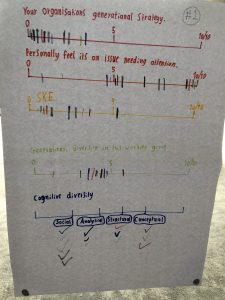
No alt text provided for this image
Figure 1b. Group B workings
The results show the following trends:
· Most people did not have a strategy on intergenerational diversity in their workplace
· Most people personally felt that it was an area of work needing attention
· Their current knowledge, skills and experience in intergenerational diversity was quite low
· The first group rated themselves (on average) 4/10 for the level of generational diversity in their working group, compared to (on average) 6/10 for the second working group.
Addressing complex issues in relation to equity, exclusion, discrimination and unconscious bias requires a diverse mix of people in the room to be able to solve them. So, what does this generally say about how organisations approach solving complex issues? Is there enough diversity in the room? Are we aware of our potential limitations if we don’t have enough generational diversity in our leadership? Are workplaces getting the most and the best from their people?
The four exercises
Once the cognitive diverse teams were assembled, I got them to complete the following tasks and their workings are shown below.
Social Group
I asked the group with strong social cognitive abilities to recall some of their own workplace experiences relating to intergenerational diversity, inclusion and exclusion, including stereotypical comments they may have overheard, including examining their own biases. Their workings are shown below:
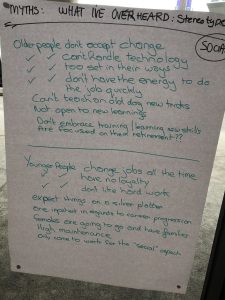
Figure 2a. Group A – social group workings
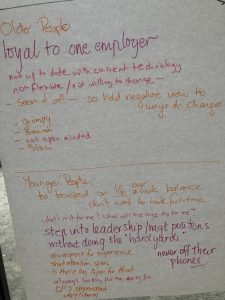
Figure 2b. Group B – social group workings
So now that you’ve had had a chuckle over these statements, or felt slightly offended, what does it tell you about what people might be really thinking in your workplace? I felt that anonymity helped to free up conversations. Does your workplace make time and space to unpack these issues?
And, based on the assumptions and stereotypes captured in this exercise, are you conscious of your own surroundings and making impartial and objective decisions in your recruitment, career development, promotion opportunities?
Structural Group
I asked the group with strong structural cognitive abilities to write down some of the benefits of generational diversity can bring to the workplace and how it may make workplaces inclusive and their people more engaged. I also ask the group to write down some of the impediments and limitations of not having intergenerational diversity and inclusion in their workplace. Their workings are shown below:
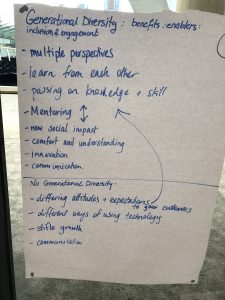
Figure 3a. Group A – Structural Group Workings
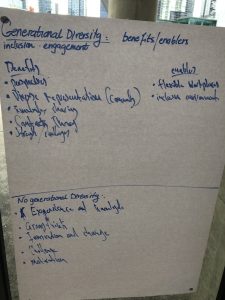
Figure 3b. Group B – Structural Group Workings
A preliminary analysis of the working indicates that generational diversity and inclusion appears to have the following benefits including:
· Enhancing your organisation or team’s ability to be better equipped at problem-solving, design and service delivery
· Being able to reach your target audience or customer base which is likely to be diverse
· Utilising a wider range of accumulated skills and knowledge
· Reducing group think
· Having a more socially cohesive group
· Openness to different working and communication styles
The benefits of generational diversity could also be measured through culture surveys, that indicate levels of job satisfaction, employee engagement, career development and retention from different generational cohorts. I would have liked a deeper exploration of the benefits, but as indicated previously, participants didn’t rate their knowledge, skills and experience highly before this exercise.
Analytical Group
I asked the group with strong analytical cognitive skills to take a deep dive into intergenerational diversity, inclusion and exclusion, and look at identifying some of the complexities that would need to be considered when designing an intergenerational inclusion strategy.
They considered the intersection of age with other diverse attributes, for example, age/disability, age/sex (potential pregnancy, parental leave and return from career breaks), the sandwich generation (i.e., those with parental responsibilities for dependent children and caring responsibilities for ageing or sick parents). They also considered different contexts and challenges and tried to uncover any ‘diversity blind’ practices, for example, policies before All Roles Flex was introduced and flexibility embedded in organisations. A lot of discussion occurred within these groups, but there was not enough time to capture these.
This raised another interesting point. How to solve a complex issue under pressure and with time constraints? Do we spend time to read and research in our work environments? Do we make time for deeper reflection?
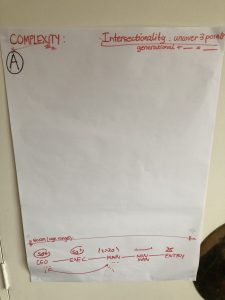
Figure 4. Group A and B Analytical Group Workings
Conceptual Group
I asked the group with strong conceptual cognitive skills to explore career life cycles and trajectories through different generational lenses. They had to consider the different stages of a person’s career, any pressure points that may affect a person reaching their full potential, for example, recruitment, promotion, flexibility, career interruptions, personal or organisational changes. The group had to also consider workplaces of the future.
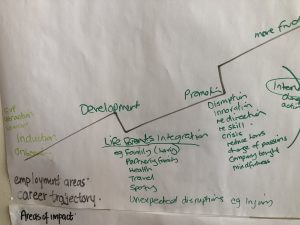
Figure 5a. Group A Conceptual Group Workings
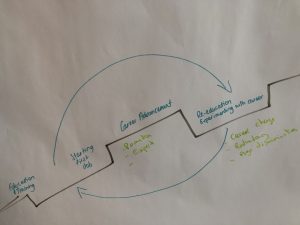
Figure 5b. Group 2 Conceptual Group Workings
So, what did we learn here? What appears to be consistent in both groups’ deliberations, was the point that career trajectory was not always linear. Disruption and change appeared to feature in both group’s workings. The two groups seemed to approach the task differently, one focusing on a cyclic career trajectory, where the other contemplated a person having multiple careers and having to reinvent or re-skill themselves. The other group looked at critical stages and pressure points of one’s working life and contemplated the personal and professional changes one might experience, some due to personal choices and others not.
Where do we go from here?
In bringing the groups together after each round table session, we were able to establish some of the key learnings from the exercises, including:
- Understanding age-based assumptions and stereotyping: including having uncomfortable conversations
- Fostering intergenerational dialogue encouraging collaboration and knowledge sharing: generations learning from each other
- Promoting greater understanding and respect between generations
- Avoiding under-utilisation of skills, exclusion and discrimination
- Bringing four generations of people in workplaces together in purposeful and mutually beneficial ways
I hope, that in a year or two, my intergenerational inclusion library will grow with plenty of action plans and strategies to choose from. And, that with four generations in our workplaces, that we break down any barriers and find commonality and appreciation of our strengths and differences.
By Roman Ruzbacky
June 1, 2019
This article was originally published on LinkedIn: Go to article.
